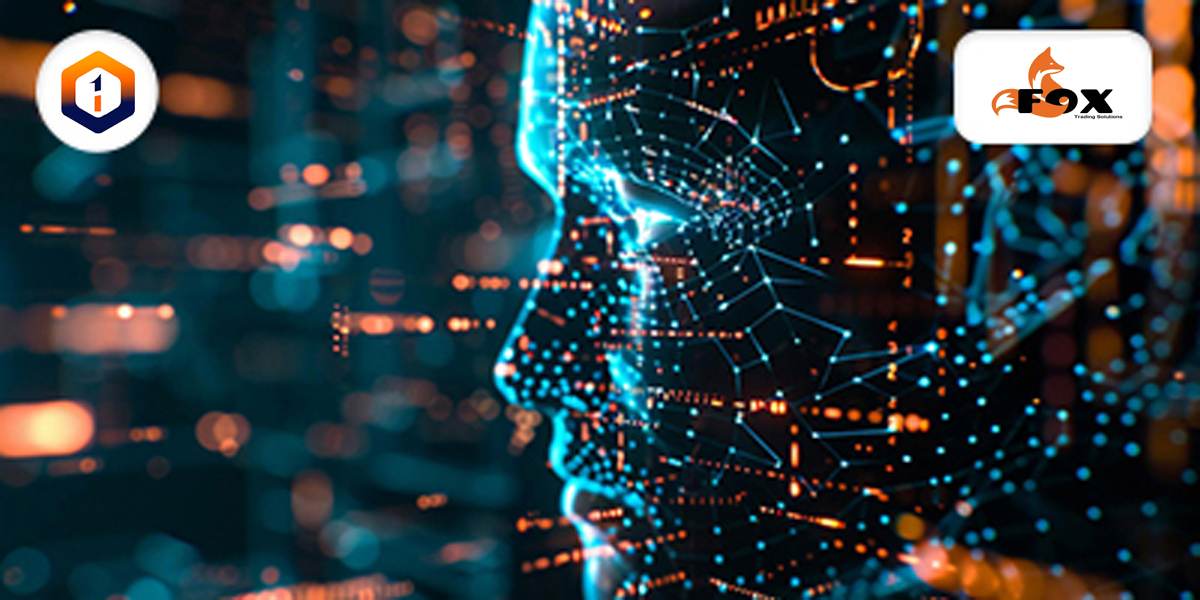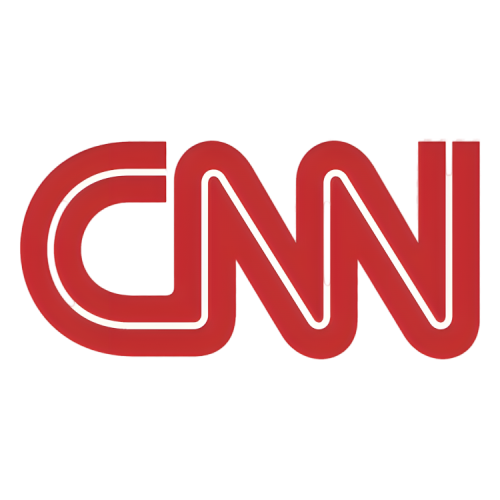Machine Learning: Take your career to the next level with our advanced training program
1st Dec 2025
Batch Starts
4 Months
Duration
6 Seats Left
Seats Available
4.5 
Program Rating
Overview
Program highlight
Empower Your Career with Our Complete, Industry-Focused Program
Designed for college students, Professionals, and Innovators Across All Fields.
Master Industry-Standard Skills with Certified Programs by Wipro.
Earn certificates for your internship and program achievements.
Create a standout job-ready profile with an impressive project portfolio.
Here's Why You Need To Master This Program

50K +
Job Openings
$267 billion
Global Market Size
₹ 7.5 lakh
Average Annual Salary
- Introduction
- Machine learning is a subset of artificial intelligence that focuses on developing algorithms that enable computers to learn from data and make predictions or decisions without being explicitly programmed
- It involves techniques like supervised learning, unsupervised learning, and reinforcement learning to identify patterns and improve performance over time
- Machine learning is widely applied in areas such as natural language processing, computer vision, and predictive analytics.
- Applications of Machine learning
- Fraud detection in finance and banking.
- Personalized recommendations in e-commerce and streaming services.
- Image and speech recognition in healthcare and security.
- Predictive maintenance in manufacturing and industrial applications.
- Machine Learning Career
- Machine learning engineer
- Data scientist
- AI researcher
- Deep learning specialist
- Data analyst
- Machine learning consultant
- Introduction to Python
- Python Functions, Packages, and Routines.
- Functions: Fuctions are blocks of reusable code that perform a specific task.They are defined using the def keyword, allow parameters, and can return results, making code more modular and organised.
- Python Packages: Packages are collections of modules that group related functions, classes, and routines together.
- Routines: Refers to a series of programmed instructions or functions that can be reused to perform common tasks. They help automate processes, improve efficiency, and minimise code duplication.
- Working with Data structure, Arrays, Vectors & Data Frames.
- Data structures in Python (e.g., lists, tuples, dictionaries, and sets) are ways to store and organise data efficiently. They allow for easy access, modification, and management of data depending on the structure's properties.
- Arrays (using libraries like numpy) and vectors are ordered collections of elements, typically of the same data type. Arrays support fast mathematical operations, while vectors are 1D arrays often used in linear algebra and machine learning.
- It is a two-dimensional, table-like data structure (from libraries like pandas) where data is stored in rows and columns. It’s ideal for handling and manipulating structured data, similar to spreadsheets or SQL tables.
- Pandas, NumPy, Matplotib packages.
- Powerful library for data manipulation and analysis, Pandas provides data structures like DataFrames, allowing for easy handling, cleaning, and transformation of structured data.
- A fundamental package for numerical computations, NumPy offers support for multi-dimensional arrays and a wide range of mathematical functions for operations on arrays and matrices.
- A popular plotting library used for creating static, interactive, and animated visualisations in Python, Matplotlib allows users to generate a wide variety of charts, including line plots, histograms, and scatter plots.
- Introduction to Statistics
- What is Statistics
- Why do we need Statistics
- Statistical Models
- Descriptive statistics
- Measure of Central Tendency
- Mean
- Outliers
- Median
- Mode
- Bimodal
- Understanding the Bell Curve
- Measure of Spead
- Variance
- Standard Deviation
- Probability
- What is Probability
- How to Calculate Probability with examples
- Union and Intersection
- Conditional Probability
- What is Conditional Probability
- How to Calculate Conditional Probability with examples
- Probability Distributions
- Probability distribution is a statistical function that mathematically defines the probabilities of different outcomes for a random variable.
- Types include discrete (e.g., Binomial, Poisson) and continuous (e.g., Normal, Exponential).
- It has components like the probability mass function (PMF) or probability density function (PDF).
- It is characterized by parameters such as mean, variance, and standard deviation.
- Hypothesis Testing
- Hypothesis testing is a statistical method to evaluate assumptions about a population.
- It involves formulating Standard Erros, Null Hypothesis (H₀) and an Alternative Hypothesis (H₁).
- Types include One Tailed Test, Critical Region, Two Tailed Test
- Common tests include t-tests, chi-square tests, and ANOVA.
- Types of Errors inlcude Type I Errors & Type II Errors
- Regression
- Regression analyzes the relationship between dependent and independent variables.
- It predicts numerical values based on input data.
- Types include linear regression (one variable) and multiple regression (multiple variables).
- It helps in forecasting trends and understanding variable dependencies.
- Multiple variable Linear regression
- Multiple variable linear regression models the relationship between one dependent and multiple independent variables.
- It predicts a continuous outcome based on several predictors.
- The model assumes a linear relationship between the variables.
- It is used for more complex predictions and understanding multi-variable dependencies.
- Logistic Regression
- Logistic regression estimates the probability of a binary outcome by applying a logistic function, making it ideal for classification tasks.
- Used in fields like healthcare and finance for binary outcomes (e.g., risk assessment), it assumes no multicollinearity and a linear relationship between predictors and the log-odds.
- It includes binary logistic regression (two outcomes), multinomial logistic regression (multiple categories), and ordinal logistic regression (ordered categories).
- KNN Classification
- KNN is a simple, instance-based algorithm that classifies data points based on the majority class of their nearest neighbors in feature space.
- Commonly used in recommendation systems and image recognition, KNN can be computationally intensive with large datasets and sensitive to irrelevant features.
- Clustering
- Partitioning Clustering
- Density Based Clustering
- Distribution Model Based Clustering
- Hierarchical Clustering
- Fuzzy Clustering
- K-Means clustering
- An unsupervised learning algorithm for clustering data into K groups.
- Uses centroids to represent the center of each cluster.
- Iteratively assigns data points to the nearest centroid and updates centroids.
- Components: Max player, Min player
- Widely used for grouping similar data and pattern recognition.
- Hierarchical clustering
- Top Down Approach
- Bottom Up Approach
- How to linkage affect the Dendrogram
- Single Linkage
- Complete Linkage
- Recommendation Systems
- Aims to predict user preferences and suggest items accordingly.
- Utilizes collaborative filtering, content-based filtering, or hybrid methods.
- Often used in e-commerce, streaming services, and social media platforms.
- Improves user experience by personalizing content and product suggestions.
- Collaborative Filtering Systems
- A recommendation technique that predicts preferences based on user similarities.
- Relies on past interactions or ratings from other users to make suggestions.
- Can be user-based or item-based, depending on the approach.
- Commonly used in platforms like Netflix and Amazon for personalized recommendations.
- Content Based Recommendation System
- Recommends items based on the features of the items themselves.
- Analyzes item attributes such as genre, keywords, or descriptions.
- Personalizes recommendations by matching user preferences with item features.
- Commonly used in platforms like movie or music streaming services.
- Hybrid Recommendation System
- Combines multiple recommendation techniques, like collaborative and content-based filtering.
- Aims to improve accuracy and overcome limitations of individual methods.
- Can use weighted, switching, or mixed strategies to generate recommendations.
- Commonly used in e-commerce and media platforms for better personalization.
- Overview
- Semi-supervised learning combines a small amount of labeled data with a large amount of unlabeled data to improve learning accuracy without extensive labeling costs.
- Common techniques include self-training, co-training, and graph-based methods, which iteratively use unlabeled data to enhance model predictions
- Often used in areas like image and speech recognition, where labeling is expensive, allowing models to learn patterns with minimal labeled input.
- Balances label scarcity and data availability but may suffer from lower accuracy if the unlabeled data is noisy or not representative of the task.
- Applications
- Text Classification: Used for categorizing documents, emails, or news articles by leveraging a small set of labeled examples to classify a larger set of unlabeled text.
- Image Recognition: Enhances performance in tasks like object detection and image classification by combining few labeled images with numerous unlabeled ones, reducing the need for extensive manual labeling.
- Speech Recognition: Improves models by using a limited number of transcribed audio clips along with vast amounts of untranscribed audio data for better speech recognition accuracy.
- Web Content Classification: Helps categorize web pages by using small labeled samples from a large pool of unlabeled pages, useful in search engine optimization and content recommendation systems.
Predict Diabetes with Machine Learning
Data Preprocessing: Handling missing values and scaling improved the model's performance, underscoring the importance of data preprocessing in machine learning.
Model Comparison: Testing KNN, Decision Tree, and MLP classifiers revealed distinct strengths, highlighting the value of multiple models in robust prediction.
Hyperparameter Tuning: Adjusting parameters, like neighbors in KNN and max depth in Decision Trees, refined accuracy, illustrating the impact of model tuning.
Number of Orders Prediction
Data Visualization Insight: Pie charts helped understand the distribution of store types, location, and discounts, emphasizing the role of visual analysis in data comprehension.
Data Transformation: Mapping categorical variables to numerical values streamlined the machine learning process, reinforcing the need for data preparation.
Model Implementation: Using LightGBM for order prediction demonstrated how ensemble methods can efficiently handle structured data for accurate predictions.
Human Action Detection
Data Processing and Annotation: Learn the importance of accurate data preprocessing and labeling to ensure reliable model training and high detection precision.
Feature Engineering Skills: Develop skills in feature extraction and engineering, improving the model’s ability to distinguish between various activities.
Machine Learning Model Selection: Gain insights into selecting appropriate models for time-series data, enhancing accuracy in detecting human activities.
Bike Sharing Demand Prediction
Data Transformation: Converting numeric codes into readable labels (e.g., seasons, months) enhances dataset interpretability, aiding in clearer visual analysis.
Feature Selection: RFE and VIF analysis were essential for choosing impactful variables, emphasizing the importance of removing redundant features in regression.
Model Evaluation: The high R2 score on test data validates the model's accuracy, showing that refined feature selection can lead to reliable predictions.
Get Certified, Get Ahead! Your success starts here!


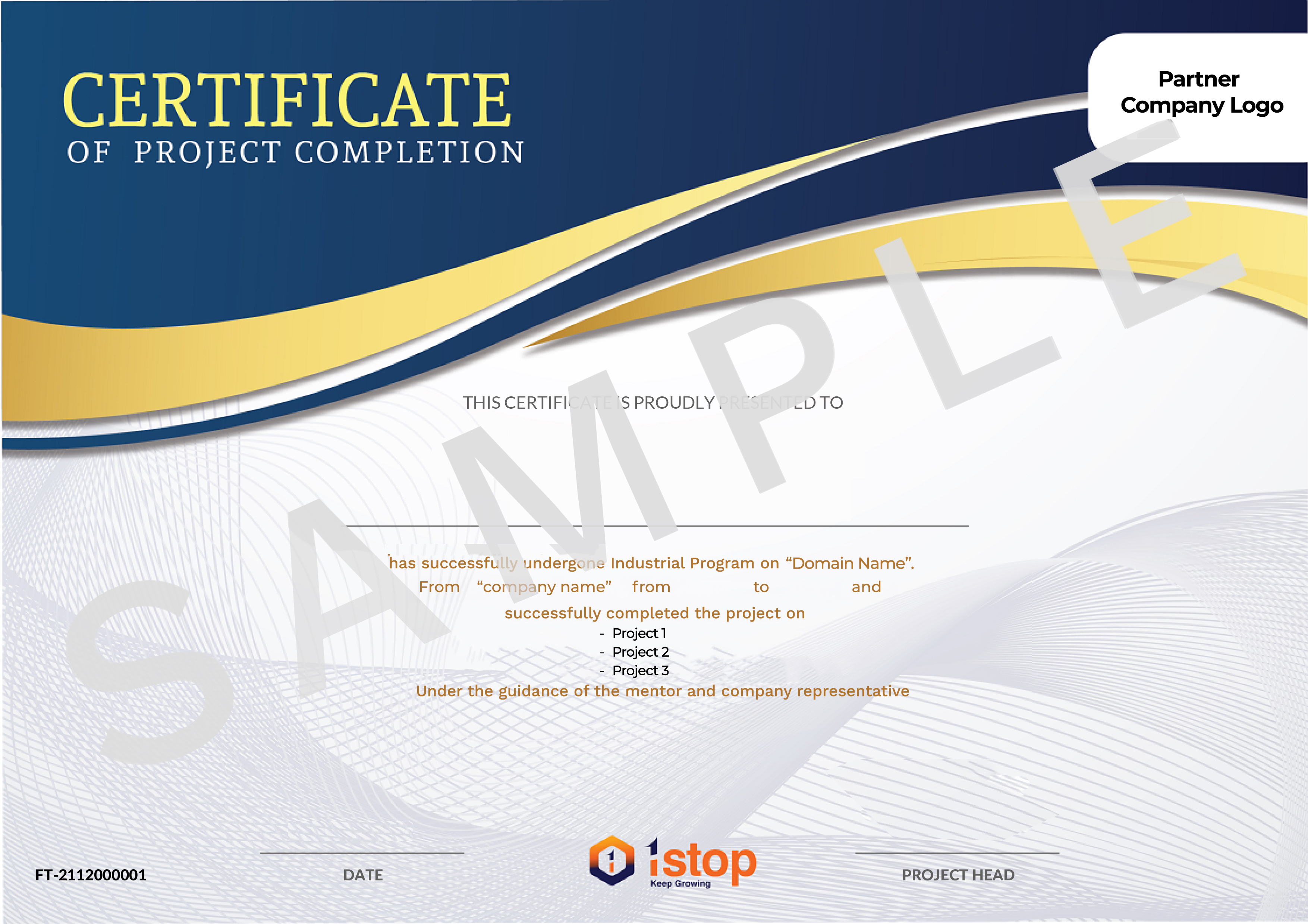

Meet your mentors!
Our expert instructors guide you through the fundamentals in an engaging and supportive learning environment.
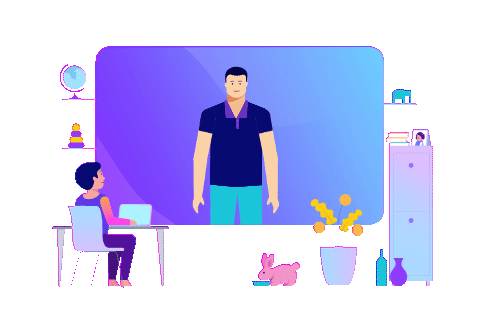


4+ years mentoring experience
Sankal Tomar
Sr. Data and Applied Scientist
Senior Data Scientist | Senior System Engineer at Infosys


3+ years mentoring experience
Gaurav Kumar Verma
AI Consultant @Google
Software Architect | Data Scientist | Associate Engineer


5+ years mentoring experience
Rajendra Mehta
Head of Analytics
Head of Analytics | Chief Data Scientist at LTIMindtree


2+ years mentoring experience
Sathya Prakash Soma
Senior Technical Trainer
Senior Technical Trainer | Senior Java Consultant


4+ years mentoring experience
Sahil Handoo
AI Engineer @Google
AI Engineer | Data Engineer at Yara International


6+ years mentoring experience
Suddhasatwa Bhaumik
Strategic Cloud Engineer
Google Cloud Consulting | Senior Manager Data Products at VOIS


4+ years mentoring experience
Swati Thakur
Cloud Consultant @Google
Cloud Consultant|Senior Data Analyst


3+ years mentoring experience
Aishwarya K
Cyber Security:Manager Program Delivery
Cyber Security Mentor | Analyst | Cyber Security Trainer


3+ years mentoring experience
Akash Nagineni
Software Developer
Frontend Trainer|Building Dynamic Web App


4+ years mentoring experience
Megha Singh
Senior Web Developer
Head of Technical | 10+ Highly Scaled Applications Developed


6+ years mentoring experience
Sudhakar G
Principal Architect
Technical Lead | Sr. Delivery Manager


10+ years mentoring experience
Raj Ranjan
Sr. Software Developer @Amazon
Software Dev Engineer|Back-end Developer


4+ years mentoring experience
Jacob Dennis P
Senior Software Engineer
Web Technologies | Database Technologies | Frameworks | Architecture and Server Management, AWS, Google.
Alumni’s Testimonies

See what 1Stop Learners have achieved.
Collaborating with 50+ top-tier universities and educational institutions



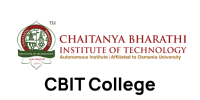



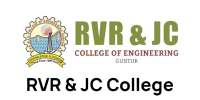
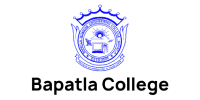

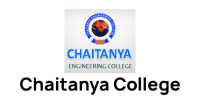
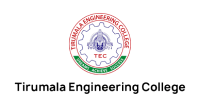

Enroll Now and Become One of 50,000+ Happy Learners!

- Program Duration : 4 months
- 30 Hours of Content
- 3 Major Projects
- 1 year Access for Dashboard and Content
- Project Completion Certificate
- Internship Offer Letter
- Internship Completion Certificate
- Program Duration : 4 months
- 40+ Hours of Content
- 5 Projects
- Live Sessions During Project Execution & Training
- Life time access for content and Customised Dashboard
- Project Completion Certificate from Partnered Companies
- Internship Offer Letter
- Internship Completion Certificate
- Customised Resume Builder
- Program Duration : 2 months
- 30+ Hours of Content
- 3 Major Projects
- 1 year Access for Dashboard and Content
- Project Completion Certificate
- Internship Offer Letter
- Internship Completion Certificate
FAQs

General
Internship
Programs perfectly matched for you

If you haven’t heard, 1Stop is making major headlines!



